boro-bride als inspiration für ICOM-projekt

Ende 2018 entdeckte die in der Schweiz ansässige Kostümbildnerin D. Nicolai meine Textilkreation _borobride. Seit 2019 ist das Brautkleid auf der ICOM-Website (https://costume.mini.icom.museum) als Inspirationsbild für das "Memories"-Projekt auffindbar. In "Memories" werden bereits in den ICOM-Datenbanken und der Website vorhandenen Infos vervollständigt und neue Kategorien erstellt. Stories beinhalten. Als Beispiel einer Story und Bild steht Nannas _borobride zur Verfügung. M.C. Volpi in Brasilien verantwortet das Mitgliederprojekt.
Neulich konnte die Brautkleidgestaltung in Schwäbisch Gmünd erlebt werden. Die Arbeit war Teil der internationalen Kunstausstellung HIER in der Galerie Labor im Chor im Sommer 2022.

icom besteht seit 1962
In ihrem Internetauftritt wird folgendes über ICOM bekanntgegeben:
Das Internationale Komitee für Museen und Sammlungen von Kostümen freut sich, ICOM-Mitglieder mit einem besonderen Interesse an Kleidung willkommen zu heißen. Die über 400 Mitglieder des 1962 gegründeten Komitees sind Museumsfachleute und Kostümhistoriker aus der ganzen Welt, die sich mit allen Aspekten der Präsentation, Bewahrung, Erforschung und Sammlung von Kleidung befassen. Die Mitglieder geben ihr Fachwissen in Form von Vorträgen auf den Jahrestagungen und Publikationen in digitaler und gedruckter Form weiter. Zu den Themen gehören Forschungsprojekte, Ausstellungen, die Diskussion und Demonstration von Konservierungs- und Aufbewahrungstechniken, Aspekte des Designs, der Herstellung und viele andere Themen im Zusammenhang mit Kleidung. Die Jahrestagungen finden an Orten in der ganzen Welt statt. Der Ausschuss wird von einem ehrenamtlichen Vorstand geleitet (C. Thépaut-Cabasset, Schloss Versailles), der von den Mitgliedern gewählt wird.
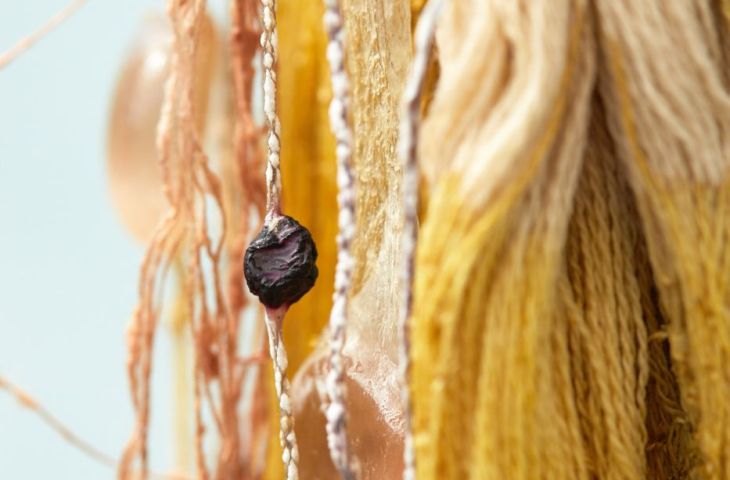
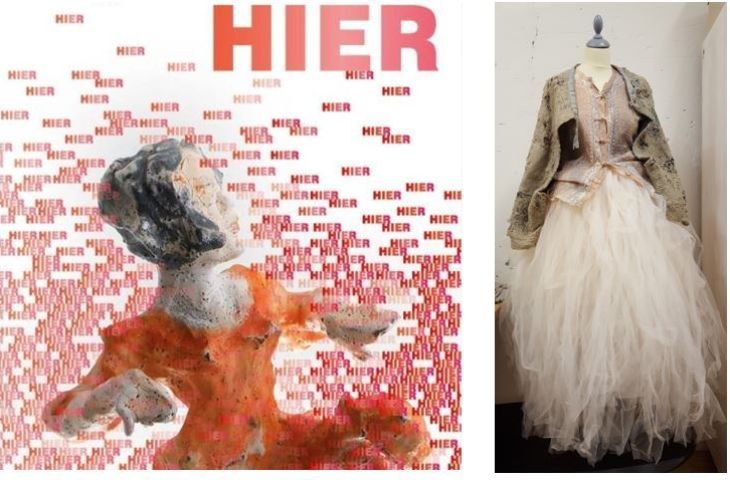
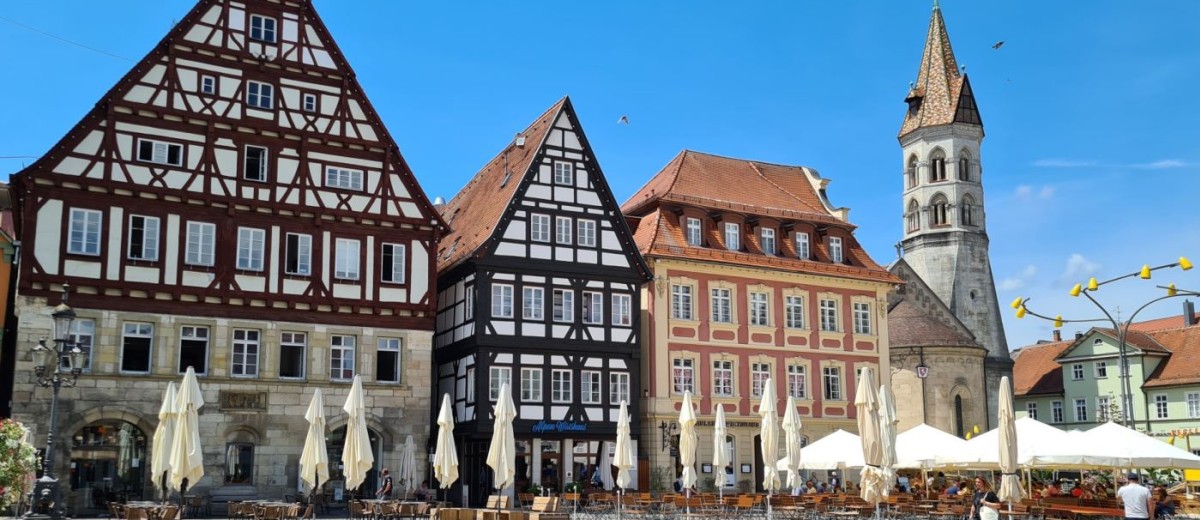
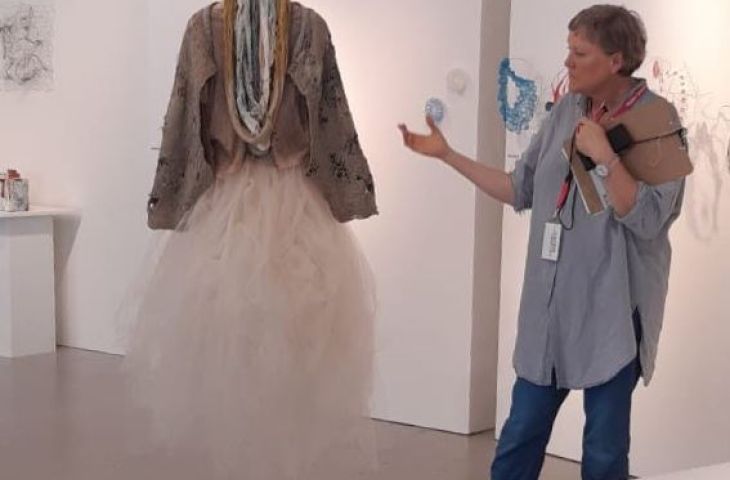
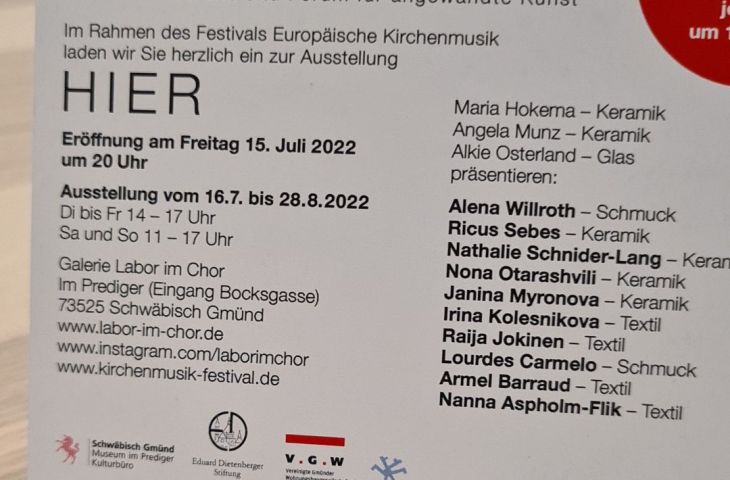
borobride statement - in english
_boro bride 2018
Anniversaries, like weddings, are happy occasions of celebration. I am thrilled and honored that my textile object _boro bride 2018 was chosen to stand symbol to mark 60 honorable years of ICOM in 2021.
I found the historical “sleeves” at an antique store in Florence, Italy, in October 2013 when strolling in town after weaving class at Fondazione Lisio. The aura of the ragged and extremely worn out woolen over-pants (its original function), mended and patched on every inch, put me in awe. Today, the madly stitched knitted surface of my “bridal bolero” radiates calm, humility and reverence.
Back in Germany, after the Italian jacquard weaving sessions, I professionally removed unwanted dirt from the old pants at the Wuerttemberg State Museum. Coincidentally my 8-month traineeship in textile conservation took place just then…
Why boro? My education was in North East Asian Studies, mostly the study of culture in China, Japan and Korea. The unspectacular textile world of the common man in Japan, the mingei-tradition, is close to my heart. I especially admire simple ingenious references to historic surface-manipulation when material was scarce. It is said that the first boro-pieces were created by poor fishermen in Hokkaido sometime in the 19th century, out of pure necessity. The small pieces of indigo-dyed cotton fabric that traders brought as rags to the northern island were special and worthy of use, therefore implemented for a function in everyday-life. Also the inherent Japanese principle mottainai plays a role in the textile philosophy of sustainability and frugality.
Boro is literally multilayering: in meaning and technique, as well as visually. Today old boro-blankets or farmer’s coats are coveted objects in textile galleries and museum-collections. The awareness started around 2000 in France and quickly travelled to New York, San Francisco and Los Angeles. Today there are art historians specializing in boro-items. Flea market merchants in Japan know to demand high prices when over 100-year-old patched pieces change owners.
In closing, if for my _boro bride “something new something old something borrowed something blue” needs clarification:
The boro-bolero is old. New is the ad hoc tulle-skirt I made of simple strips of tutu-fabric hung on an elastic band at the waist. I borrowed, for an undetermined time, the embroidered Indian silk blouse from a friend. And, blue is visible, though in a light and tender hue.
Written by Nanna Aspholm-Flik (11.11.2018), a Finland-born Textile Artist, Designer, Researcher and Educator in Stuttgart, Germany

